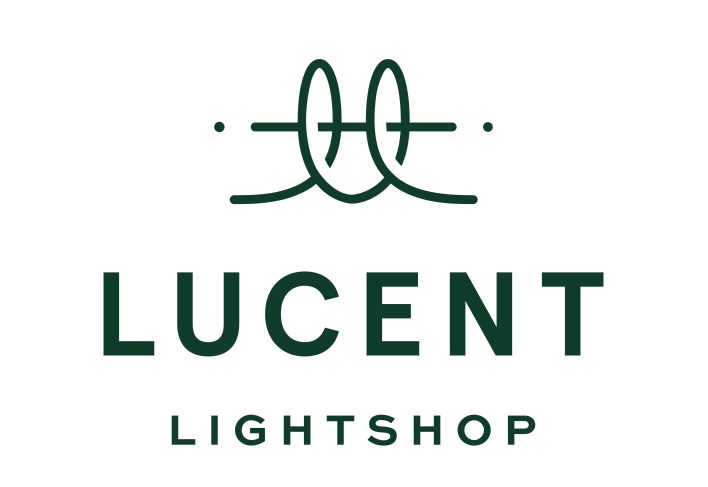Accent lighting: Lighting that is used to highlight or emphasize a specific area or object, such as a piece of artwork.
Ambient lighting: General lighting that provides overall illumination in a space.
Ballast: A device that regulates the amount of electrical current flowing to a light fixture, typically used in fluorescent or HID (high intensity discharge) lighting.
Chandelier: A decorative hanging light fixture that typically consists of multiple arms or branches with lights attached.
Color Rendering Index (CRI): A scale from 0 to 100 that measures how accurately a light source renders colors.
Color temperature: A measure of the hue or color appearance of a light source, measured in Kelvin (K).
Correlated Color Temperature (CCT): A specification that describes the appearance of white light, typically ranging from warm white (2700K-3000K) to cool white (5000K-6500K).
Cutoff angle: The angle at which a light source is directed downward, typically used in outdoor lighting to minimize light pollution and glare.
Dimmer switch: A device that allows you to adjust the brightness of a light fixture.
Downlighting: Lighting that is directed downwards, typically used for task lighting or to highlight specific areas.
Fluorescent: A type of lighting technology that uses gas and a phosphor coating to produce light, which is energy-efficient but can be harsh or flicker.
Foot-candle: A unit of measurement for illuminance, or the amount of light falling on a surface.
Glare: Excessive brightness or harshness caused by direct or reflected light, which can cause eye strain or discomfort.
Halogen: A type of incandescent lighting that uses a halogen gas to increase efficiency and lifespan.
Incandescent: A type of lighting technology that uses a filament to produce light, but is less energy-efficient and has a shorter lifespan than LED lighting.
Kelvin: A unit of measurement for color temperature, which refers to the hue of the light emitted by a light source.
LED: Stands for Light Emitting Diode, a type of lighting technology that is energy-efficient and long-lasting.
Light pollution: The excessive or misdirected artificial light that can interfere with astronomical observations, disrupt ecosystems, or create visual nuisance.
Lumens: A unit of measurement for the amount of light emitted by a light source.
Luminaire: A complete lighting unit, including the light source, fixture, and any accessories or controls.
Lux: A unit of measurement for illuminance, or the amount of light falling on a surface in metric units.
Metal Halide: A type of HID lighting that uses a combination of metals and gases to produce a bright and efficient light, commonly used in commercial and industrial settings.
Pendant light: A hanging light fixture that is typically suspended from the ceiling by a cord or chain.
Recessed lighting: A type of lighting fixture that is installed into the ceiling or wall, providing a clean and minimalist look.
Sconce: A type of wall-mounted light fixture that can provide accent or ambient lighting.
Smart lighting: Lighting that can be controlled through a smartphone app or other digital device, allowing for customization and energy efficiency.
Task and ambient balance: The careful balance of different types of lighting (task, ambient, and accent) in a space to create a comfortable and functional environment.
Task lighting: Lighting that is designed to provide focused and directional illumination for specific tasks, such as reading or cooking.
Track lighting: A type of lighting fixture that can be mounted on a track and adjusted to direct light in different directions.
Tungsten: A type of incandescent lighting that uses a tungsten filament, commonly used in film and photography for its warm and natural color temperature.
UL (Underwriters Laboratories) rating: A safety certification that ensures that a lighting product meets safety and performance standards established by the independent organization.
Uplighting: Lighting that is directed upwards, typically used to create a soft and diffuse effect.
Wattage: The amount of electrical power consumed by a light source, typically measured in watts.
Zonal cavity method: A calculation method for designing lighting systems that takes into account the different surfaces and reflectances in a space to create a balanced and efficient lighting scheme.
